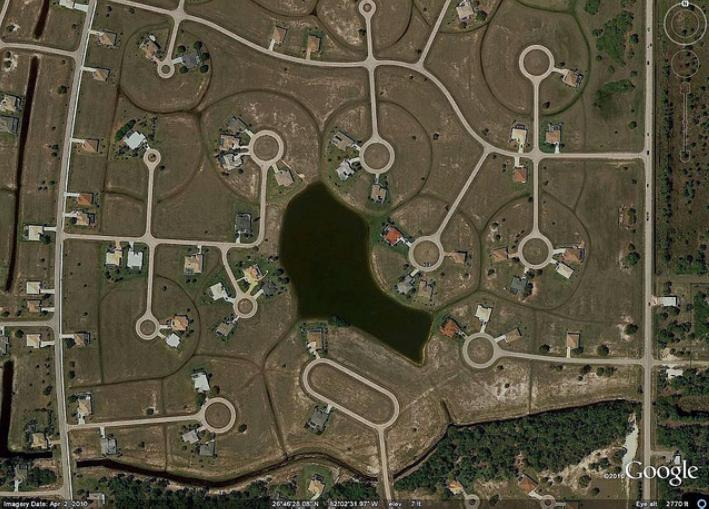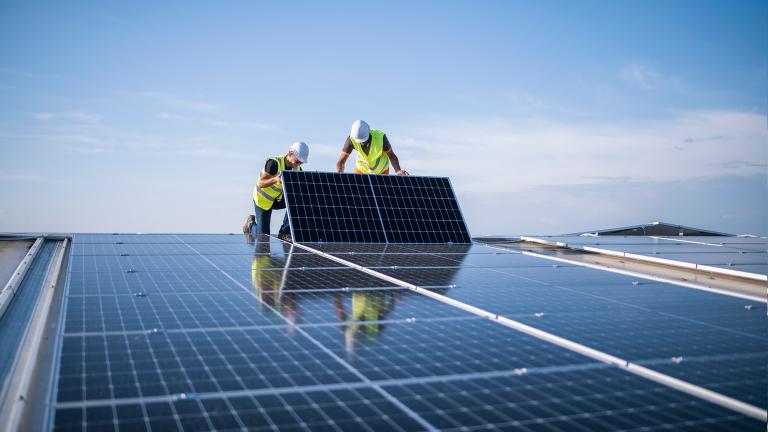Imagine a program that turns a relatively small initial investment into billions of dollars of U.S. economic growth, thousands of new Americans jobs, and groundbreaking technologies that change the way we use energy in this country and around the world. It would be a darling of innovators, the private sector, and policymakers. Sounds impossible for such a little program to generate such big results? Just like the little engine in the children’s story that pulled the train over the mountain, the U.S. has a small venture that could generate big results. It’s called the Advanced Research Projects Agency – Energy, or simply ARPA-E.
But instead of being hailed, ARPA-E is about to be given the bureaucratic equivalent of a death sentence, and all because Congress has failed to pass a budget for 2011. Instead of a real budget, Congress will direct agencies to continue with the same amount of money they received last year. That means ARPA-E’s funding effectively dries up.
ARPA-E was created in 2007 to spur innovation in new groundbreaking technologies to set the United States apart from the rest of the world as a leader in the new clean energy economy. It is modeled after DARPA, the defense research agency responsible for the internet, Global Positioning Systems (GPS), and unmanned aerial vehicles. DARPA did all of this with a small, rotating staff of experts and minimal funding. ARPA-E is assembling a similarly nimble team of scientists, engineers, and innovators to make a big impact with a small budget.
We are competing against the rest of the world for a piece of the $2,000,000,000,000 (yes, that’s two trillion dollars) clean energy market. China is investing $738 billion over the next 10 years to beat us to the market with cheap, clean energy technologies. We cannot afford to stand still even in a wretched economy. It’s true federal funding is extremely tight but at its initial funding level of $388 million, ARPA-E has the potential to create wealth and prosperity. The next generation of battery technologies for electric vehicles, carbon capture technologies for coal-fired power plants, and new liquid transportation fuels that use microorganisms instead of petroleum and biomass to convert carbon dioxide back into liquid fuels. Any one of these technologies could change the way the world uses energy. Any one of these technologies could give birth to new companies and create thousands of jobs. Any one of these technologies could provide the necessary push for investment in the U.S. clean energy market that is just waiting to explode.
This little program that could create the energy world’s equivalent of GPS or the internet may not be around much longer. Congress has less than three months to fund ARPA-E. Eliminating funding for ARPA-E would be tantamount to the engines in the children’s story that refused to pull the broken down train, ceding billions of dollars in economic growth to China, South Korea, and Japan.
There should not even be a question as to whether the U.S. thinks we can continue to support this crucial venture in the coming years. ARPA-E is a vehicle that can and will unleash innovation in groundbreaking technologies and help push us over top of the clean energy market — we just need to believe in ourselves.




